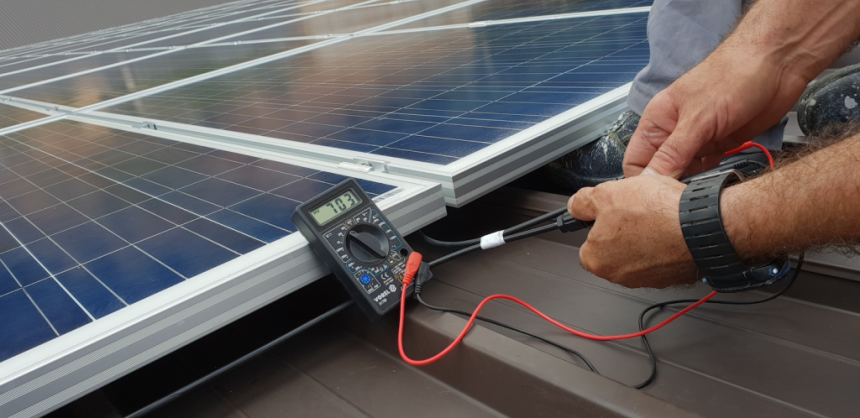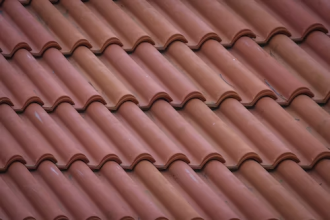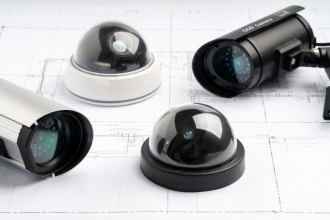Have you been looking for ways to live a green lifestyle? If so, you’re not alone.
As the world becomes increasingly concerned about environmental issues, people are looking for ways to reduce their carbon footprint. They also want to save money on their energy bills. One of the best ways to achieve these goals is by installing a solar power system in your home. If you want to make this eco-friendly switch, simply hop onto your preferred browser and search for “solar panel installation near me” to find local companies that can guide you through the diverse available options.
Now, let’s delve into the types of home solar power systems. Our comprehensive guide aims to equip you with the necessary knowledge to select the perfect system for your needs.
Grid-Tied Solar Power Systems
Grid-tied solar power systems are the most common type of solar power system used in homes today. These systems are connected to the electrical grid. This allows excess energy produced by the solar panels to be sold back to the utility company for credits.
This type of system is ideal for those who want to save money on their energy bills and reduce their carbon footprint, without having to rely solely on solar energy.
One advantage of grid-tied solar power systems is that they do not require batteries, which can be expensive to purchase and maintain.
Keep in mind that this means that if there is a power outage, the solar power system will not work. It’s designed to shut off when the grid goes down to prevent any safety hazards.
Off-Grid Solar Power Systems
Off-grid solar power systems are designed to provide power to homes that are not connected to the electrical grid. These systems are typically more expensive than grid-tied systems. That’s because they require batteries to store excess energy for use during periods of low sunlight.
One advantage of off-grid solar power systems is that they provide energy independence. This is ideal for those who live in remote locations or areas with unreliable electrical grids.
These systems require more maintenance and upkeep than grid-tied systems. This is because the batteries must be regularly checked and replaced.
Hybrid Solar Power Systems
Hybrid solar power systems are a combination of grid-tied and off-grid systems. These systems are designed to provide power to homes both when the grid is up and when it is down.
They are ideal for those who want the energy independence of an off-grid system, but also want the benefits of selling excess energy back to the utility company.
One advantage of hybrid solar power systems is that they provide the best of both worlds. This allows homeowners to save money on their energy bills while also having a backup source of power during outages. These systems are the most expensive of the three types, as they require both batteries and a connection to the electrical grid.
Factors to Consider When Choosing a Solar Power System
When choosing a solar power system for your home, there are several factors to consider. These include:
Energy Needs
The first factor to consider is your energy needs. This will determine the size of the solar power system you need, as well as the number of panels required.
Budget
The cost of solar power systems can vary greatly, depending on the type of system and the size of the installation. It is important to consider your budget when choosing a system, as this will determine the level of investment you are willing to make.
Available Space
The amount of available space on your property will also impact the size and type of solar power system you can install. If you have limited space, a smaller system may be necessary, while those with more space may be able to install a larger system.
Climate
The climate in your area will also impact the efficiency of your solar power at home. Areas with high levels of sunlight will require fewer panels, while those with less sunlight will need more.
Maintenance Requirements
It’s also important to consider the maintenance requirements. Grid-tied systems require the least amount of maintenance, while off-grid systems require the most.
Hybrid systems fall somewhere in between. This means they require regular maintenance of both the grid-tied and off-grid component
Installation Process
Once you have chosen the type of solar power system that is right for you, it is important to understand the installation process. Here are the steps typically involved in installing a solar power system:
Site Evaluation
The first step is to evaluate your property to determine the best location for the solar panels. This involves evaluating the orientation and angle of your roof, as well as any shading from nearby trees or buildings.
Installation
Once all necessary approvals are obtained, the installation process can begin. This involves mounting the solar panels on your roof or on the ground. You will also need to install the inverter and other components and connect the system to your electrical panel.
Here’s a great resource for finding a reputable solar panels installation company.
Commissioning and Activation
After installation is complete, the system must be commissioned and activated. This involves testing the system and ensuring that it is functioning properly. Once activated, you can begin generating your own electricity. You can also potentially sell excess energy back to the grid.
Choosing the Best Solar Power Systems for Home Use
Living a greener lifestyle is important for protecting the planet. Fortunately, understanding how to choose the best solar power systems for home use will make the process of going green a little easier.
Please continue exploring our blog to find more great lifestyle and career-oriented tips and advice for the entire family.















